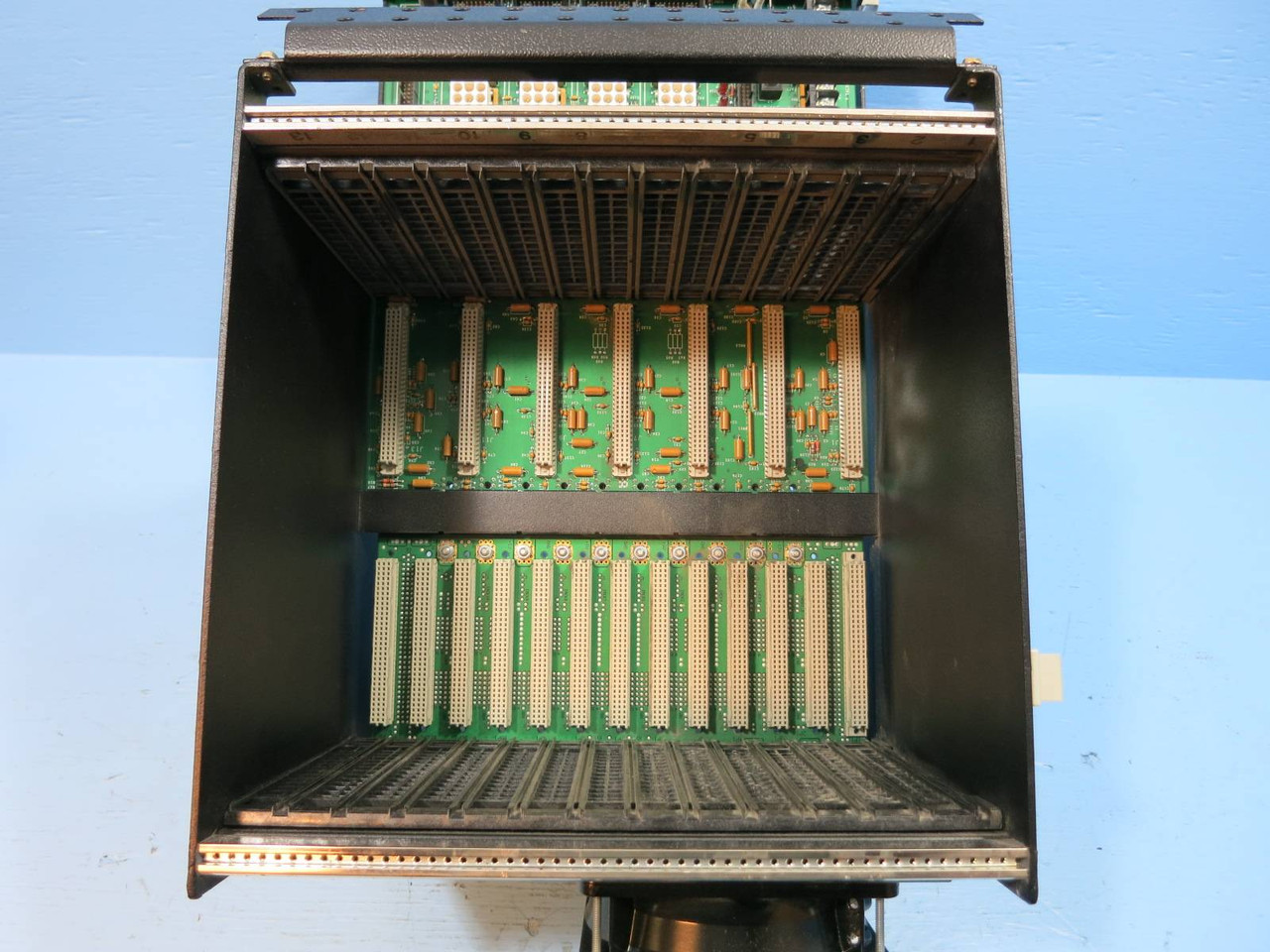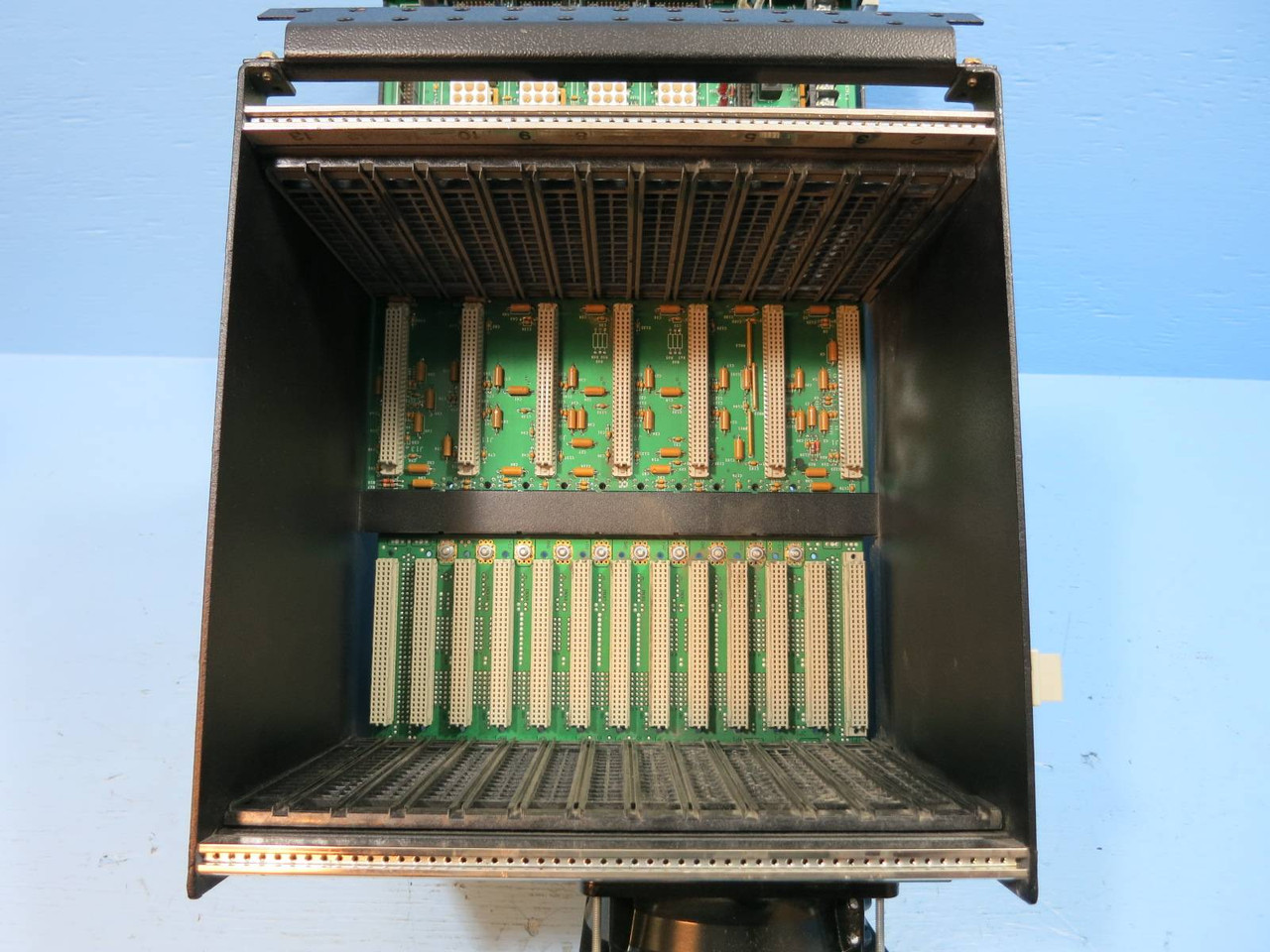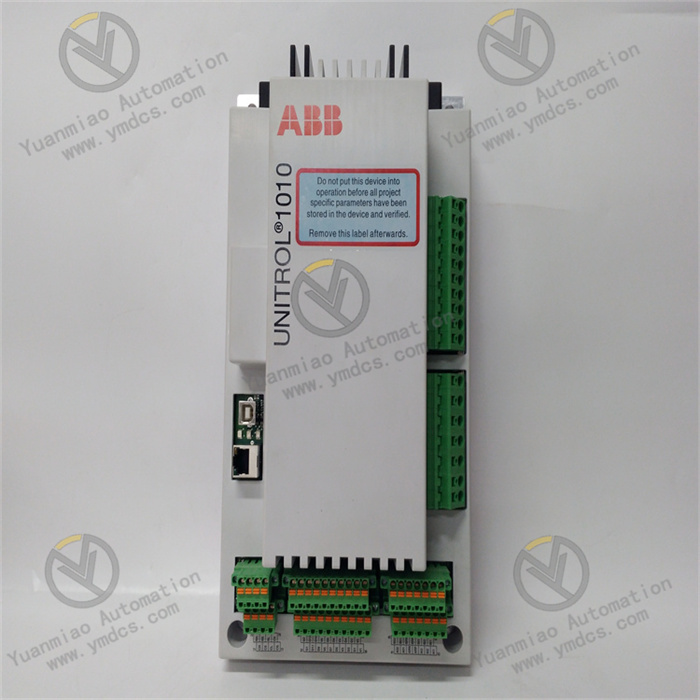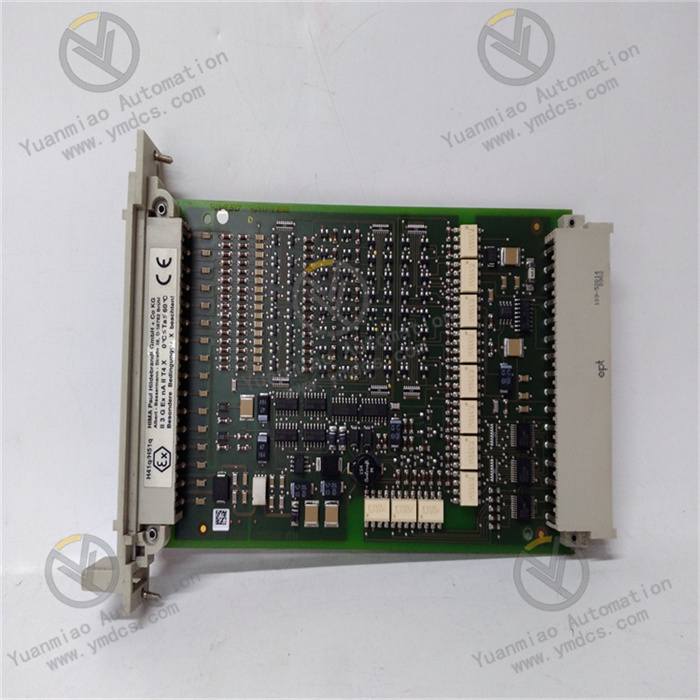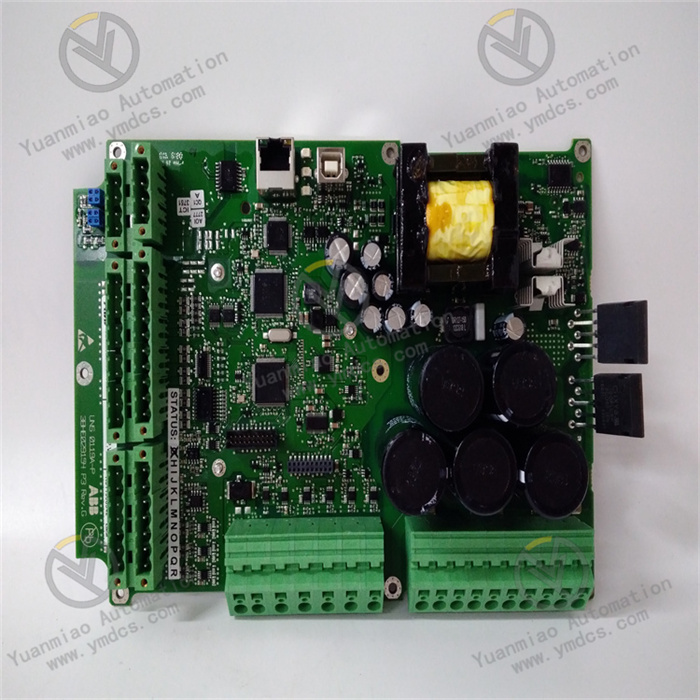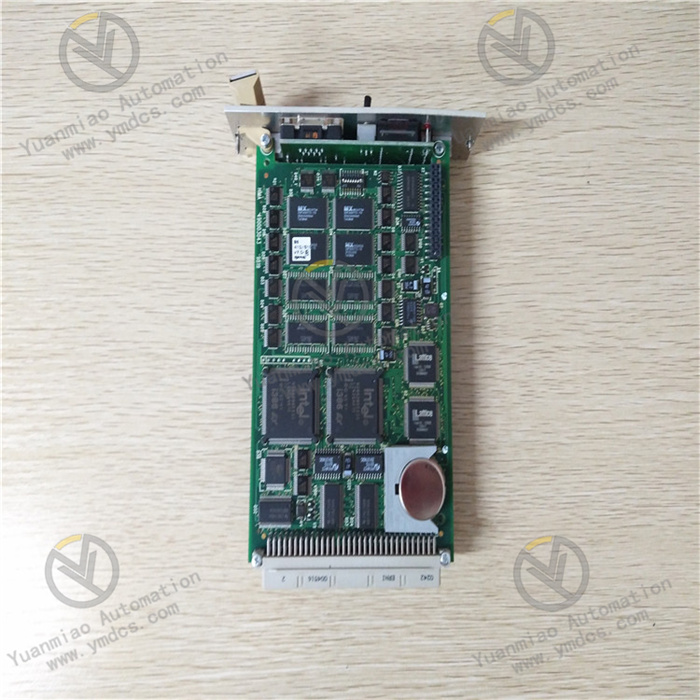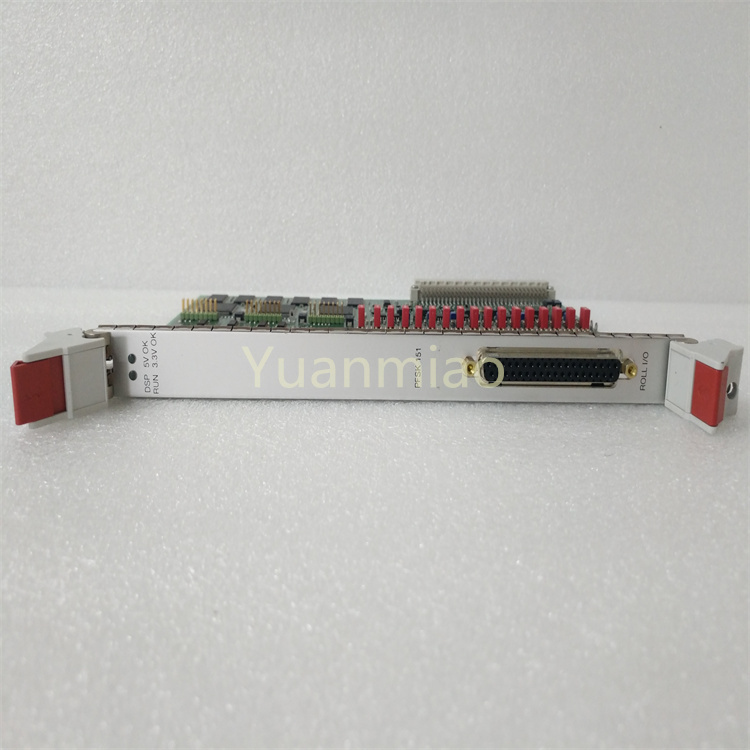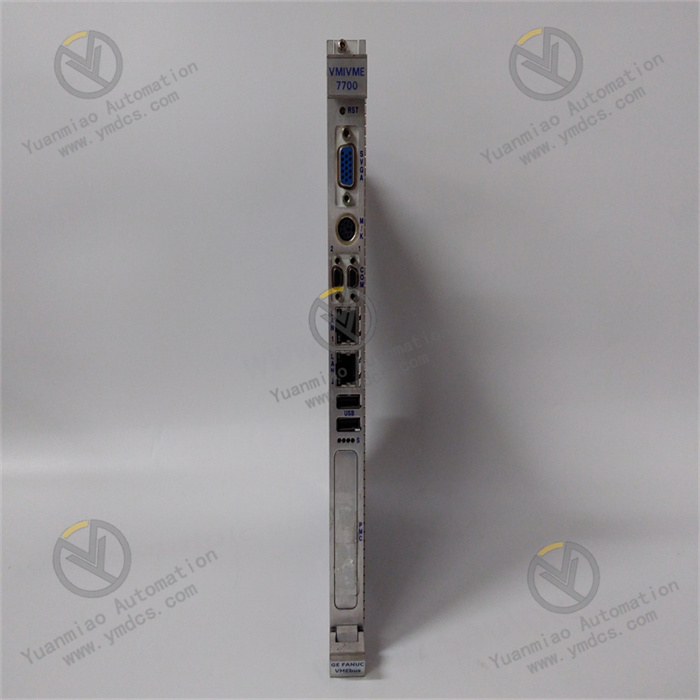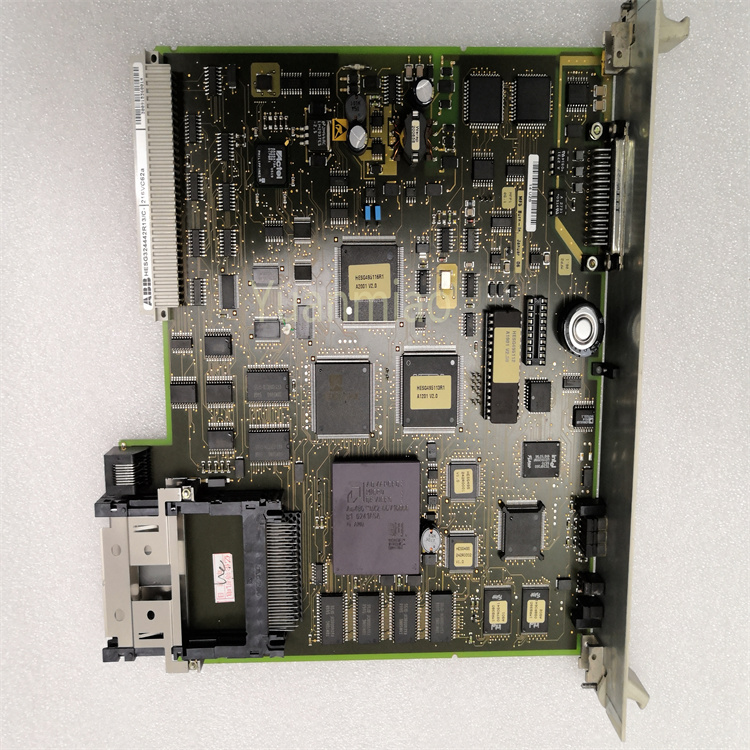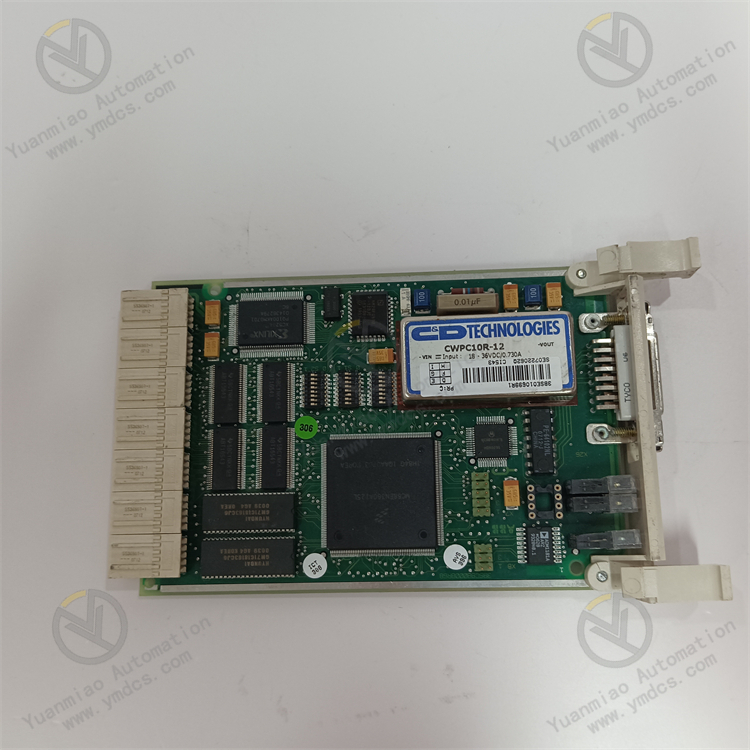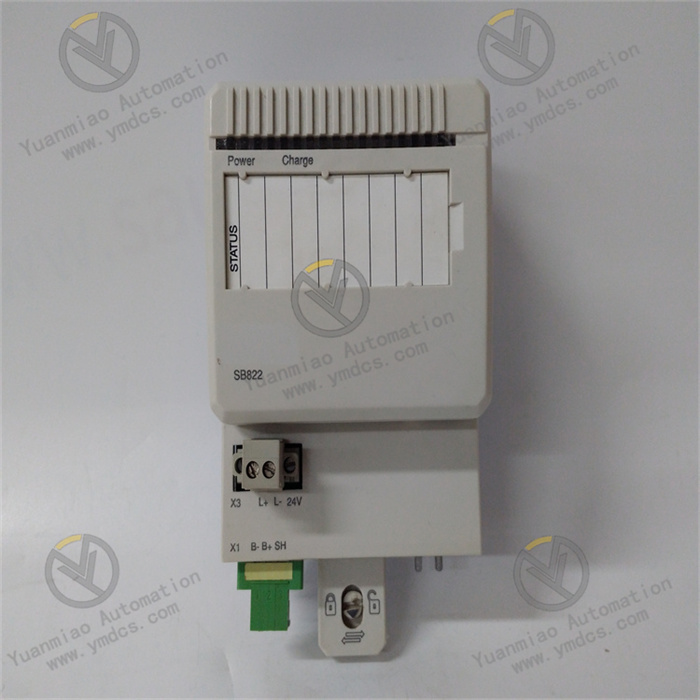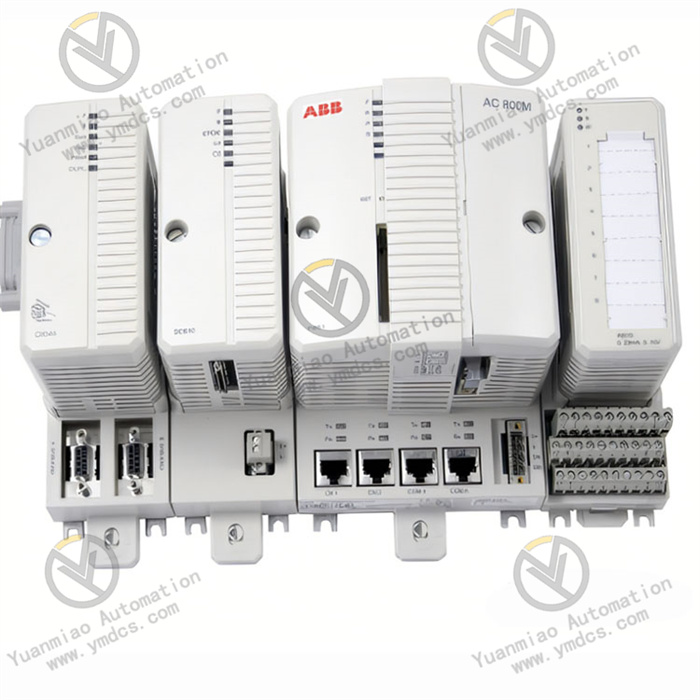Description
GE DS200VPBLG1A
I. Product Overview
The GE DS200VPBLG1A is a high-performance industrial-grade analog input module, serving as a core signal acquisition component of the Mark VIe series Distributed Control System (DCS). It is positioned as the "High-Precision Analog Signal Acquisition Terminal for Large-Scale Industrial Equipment". Its core function is to perform high-precision acquisition, signal conditioning, and digital conversion of various continuously changing analog signals in industrial sites (such as temperature, pressure, flow rate, liquid level, vibration, and rotational speed). The conditioned digital signals are uploaded to the controller module via the redundant backplane bus, providing accurate raw data support for the closed-loop regulation, status monitoring, and fault diagnosis of the control system. With its ultra-high acquisition precision, multiple signal conditioning mechanisms, dual redundancy architecture, and strong environmental adaptability, this module meets the key parameter monitoring needs of large rotating machinery (such as gas turbines, steam turbines, and water turbines) and complex process flows in fields like electric power, petrochemicals, and metallurgy. It is a core sensing unit of the GE Mark VIe control system for realizing refined control and safety monitoring.
As a standard analog input module of the Mark VIe system, it supports seamless connection with controller modules and redundant communication modules in the system. It realizes high-speed data transmission and redundant backup through the dual backplane bus, meeting the stringent requirements of large-scale industrial units for "high precision", "high reliability", and "no loss" of key analog signals.
In terms of hardware architecture and system compatibility, the DS200VPBLG1A adopts a "main-standby" dual redundancy hardware architecture. Its core includes two independent signal conditioning units, 16 high-precision analog input channels, dual A/D conversion modules, a redundant power management module, and high-speed redundant backplane interfaces. The two signal conditioning units synchronously receive on-site signals and perform parallel processing; the main and standby A/D conversion modules synchronously complete digital conversion, and the redundant arbitration mechanism compares data consistency to ensure the accuracy of acquired data. The input channels support flexible configuration of multi-type signals: every 4 channels form a group, and each group can be configured as signal types such as thermocouple, thermal resistor, 4-20mA current, and 0-10V voltage through the DIP switches on the side of the module, adapting to the signal output needs of sensors with different principles. It has a built-in high-precision signal conditioning circuit, integrating a programmable gain amplifier (PGA), a low-pass filter, and an isolation circuit. The gain can be automatically adjusted (1-1000 times) according to the signal amplitude, effectively suppressing common-mode interference and series-mode interference, with a common-mode rejection ratio (CMRR) of ≥120dB. In terms of communication, it has built-in dual high-speed backplane bus interfaces, compatible with the proprietary GDS communication protocol of the GE Mark VIe system, enabling real-time data interaction with the controller module at a rate of 100Mbps. It supports module-level address coding settings (0-31 bits configurable), facilitating address identification and data routing during multi-module networking. Relying on industrial-grade reinforced design, the module uses wide-temperature-tolerant components (-40℃~70℃), an enhanced electromagnetic shielding enclosure (complying with IEC 61000-4-2/3/4/6 standards), and an anti-vibration plug-in structure. It can operate stably in industrial sites with high temperature, high humidity, strong electromagnetic interference, and high vibration, meeting the extreme reliability requirements of large-scale units for core acquisition modules.
II. Technical Parameters
III. Functional Features
1. Dual Redundancy Architecture for Extremely Reliable Acquired Data
The DS200VPBLG1A adopts a "main-standby" dual full-link redundancy hardware architecture, integrating two independent signal conditioning units, two groups of A/B redundant A/D conversion modules, dual backplane bus interfaces, and dual redundant power input channels, constructing a full-link redundancy chain covering "signal acquisition-conditioning-conversion-transmission". The two signal conditioning units synchronously receive on-site analog signals, perform gain adjustment, filtering, and isolation respectively, then transmit them to the corresponding A/D conversion modules to complete 24-bit digital conversion synchronously. The redundant arbitration unit compares the consistency of the two sets of converted data (the allowable error range can be set via configuration, default ±0.01% FS). When the main channel (e.g., Channel A) has faults such as signal conditioning circuit failure, A/D conversion abnormality, or bus transmission error, the standby channel (Channel B) takes over data acquisition and transmission without disturbance within ≤1ms, ensuring uninterrupted and undistorted acquired data. The power input adopts dual independent DC 24V power supplies, equipped with dual power management chips. When the main power supply voltage fluctuates beyond ±15% or power failure occurs, the standby power supply is automatically activated with a switching time of ≤1ms, ensuring stable operation of the module's core circuit. This full-link redundancy design enables the module to reach the IEC 61508 SIL 2 standard in fault tolerance, fully meeting the "safety-level" requirements for key parameter acquisition in fields such as electric power and petrochemicals.
2. Multi-Type Signal Compatibility with Flexible Configuration and Strong Adaptability
The module integrates 16 input channels and adopts a 4-group independent configuration design. Each group of 4 channels can be flexibly configured with signal types via the DIP switches on the side of the module and configuration software, supporting more than 15 types of analog input signals including thermocouples (7 common types), thermal resistors (2 types), currents (2 ranges), and voltages (4 ranges). No module replacement is required to adapt to on-site sensors with different principles. For example, in a gas turbine control system, the first group of channels can be configured as Type K thermocouples (for exhaust temperature acquisition), the second group as PT100 thermal resistors (for lubricating oil temperature acquisition), the third group as 4-20mA current signals (for combustion chamber pressure acquisition), and the fourth group as ±10V voltage signals (for shaft vibration displacement acquisition), realizing centralized acquisition of multiple parameters. Each group of channels is equipped with an independent programmable gain amplifier (PGA), which can automatically adjust the gain multiple (1-1000 times) according to the signal amplitude. For instance, when acquiring weak vibration signals (mV level), it automatically switches to 1000x gain; when acquiring large-range pressure signals (0-10V), it switches to 1x gain, ensuring optimal acquisition precision for signals of different amplitudes. Meanwhile, the module has built-in various sensor linearization curves (such as thermocouple 分度 tables, flow orifice differential pressure-flow curves), which can perform real-time linearization processing on non-linear signals and directly output standardized data, reducing the computational load of the controller.
3. Ultra-High Precision Acquisition with Industry-Leading Data Accuracy
The module adopts a 24-bit high-precision A/D conversion chip (effective bits ≥22 bits), combined with independent signal conditioning circuits and high-precision reference voltage sources, achieving industry-leading acquisition precision: the acquisition error of thermocouple signals within 0-1000℃ is ≤±0.1℃, which can accurately capture tiny changes in gas turbine exhaust temperature (such as 0.2℃ temperature fluctuation); the error of thermal resistor signals within 0-200℃ is ≤±0.05℃, meeting the needs of precision temperature control scenarios such as lubricating oil temperature; the acquisition precision of current/voltage signals reaches ±0.02% FS, which is better than the ±0.05% FS standard of similar products in the industry. For thermocouple signals, the module has a built-in high-precision temperature sensor (precision ±0.05℃) to realize automatic cold-junction compensation, with a compensation range covering -40℃~70℃, avoiding thermocouple measurement errors caused by changes in ambient temperature. To further improve data stability, the module is equipped with an 8th-order low-pass filter, and the filter cutoff frequency (1Hz-100Hz) can be set via configuration software, effectively filtering out 50/60Hz power supply interference in industrial sites and high-frequency noise generated by equipment vibration. For example, when acquiring pressure signals near a motor, setting the filter frequency to 10Hz can filter out high-frequency interference caused by motor vibration, ensuring the data fluctuation is ≤0.01% FS. At a sampling rate of 1000Hz, the long-term acquisition stability error of the module is ≤±0.01% FS/24 hours, meeting the high-precision monitoring needs of large-scale units for long-term operation.
4. Multiple Anti-Interference Designs for Adapting to Complex Industrial Environments
The module adopts a triple anti-interference design of "hardware isolation + electromagnetic shielding + signal filtering", enabling stable operation in complex industrial environments with strong electromagnetic interference, high dust, and high humidity. In terms of hardware, each input channel adopts photoelectric isolation technology with an isolation voltage of ≥2.5kVrms, effectively blocking common-mode interference and ground loop interference between on-site sensors and the module's core circuit; the module enclosure is made of high-strength aluminum alloy, with an electromagnetic shielding coating sprayed on the surface, achieving a shielding effectiveness of ≥60dB and complying with the IEC 61000-4-3 RF radiation immunity standard (10V/m), which can resist strong electromagnetic radiation interference generated by equipment such as generators and frequency converters. In terms of signal processing, in addition to the 8th-order low-pass filter, the module is also equipped with a common-mode suppression circuit (CMRR ≥120dB@50/60Hz), which can suppress common-mode interference between power lines and signal lines. For example, when acquiring signals near a high-voltage motor control cabinet, it can effectively offset common-mode voltage interference generated by high-voltage equipment. The wiring terminals adopt a Phoenix plug-in design, with anti-loosening, anti-misplug, waterproof, and dustproof functions (protection level IP20), and a contact resistance of ≤10mΩ, ensuring wiring reliability in long-term vibration environments. Through multiple anti-interference designs, the module performs excellently in the IEC 61000-4 series immunity tests and can be directly applied to high-interference industrial scenarios such as power generation, metallurgy, and petrochemicals.
5. Comprehensive Fault Diagnosis for Convenient and Efficient Operation & Maintenance


